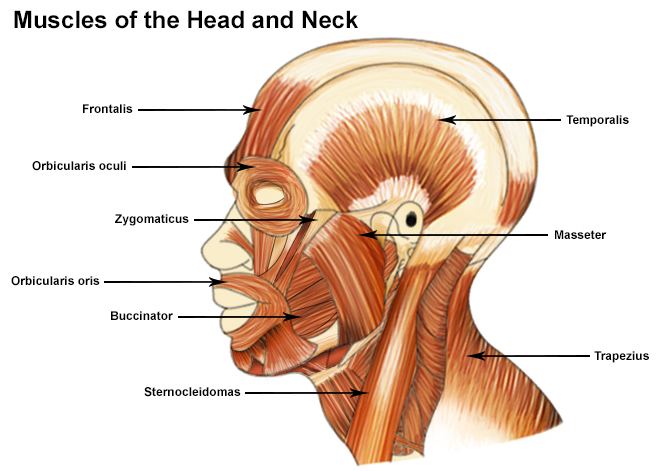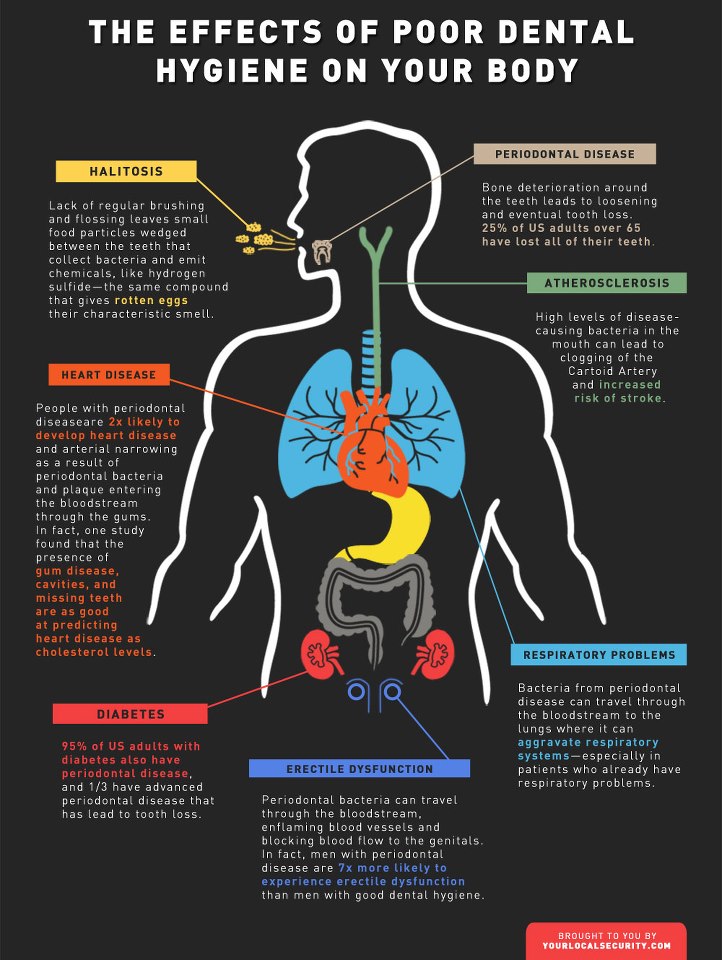Do you know what is the first thing people notice about you when you meet them for the first time? It’s your smile and your facial appearance. So, if someone has a charming smile and a set of perfectly aligned teeth, they will be perceived as more attractive and approachable. Similarly, people with flawed smiles or crooked teeth are considered unattractive.
If you have crooked or misaligned teeth, don’t let them come in the way of your self-confidence. There are various treatment options available to straighten crooked teeth and help you enjoy an attractive smile. So, what causes crooked teeth and how to straighten them? If you’re looking for an answer to this question, then you have come to the right place. This blog will explain everything you need to know about crooked teeth and their treatment. So, read on!
Should Crooked Teeth Be Straightened?
Crooked teeth should be straightened for various reasons.
- Smile and Facial Aesthetics – crooked teeth can significantly affect one’s smile and facial aesthetics. A survey by the American Academy of Cosmetic Dentistry showed that people with straighter teeth and attractive smiles were perceived as more approachable and attractive than those with flawed smiles.
- Oral Health Maintenance – another reason for having straight teeth is one’s oral health. Did you know that it is more difficult to ensure optimal cleaning with misaligned teeth? Therefore, crooked teeth are at a higher risk of developing oral health-related complications such as gum disease, and tooth decay.
- Physical Health and Well-being – did you know that optimal food digestion is highly dependent on our teeth? Straight and optimally aligned teeth allow for optimal chewing and food digestion, while crooked teeth make it harder to break down food into smaller pieces. This can lead to physical health-related problems such as generalised weakness and indigestion.
How To Fix Crooked Teeth?
The most effective way to fix crooked teeth is by straightening them through orthodontic treatment. This is because orthodontic treatment with braces or Invisalign clear aligners addresses the underlying issues and helps restore one’s smile and oral health.
However, many people do not want to wait for many months to have their teeth straightened with aligners or braces. In such cases, there is a cosmetic alternative available with composite bonding and veneers. In the cosmetic treatment option, your dentist will mask the tooth misalignment aesthetically by using tooth-coloured cosmetic bonded fillings or porcelain veneers. Although this is a quick-fix solution, it does not fix the underlying problem of tooth misalignment.
What’s The Best Solution For Teeth Gap And Receding Gums?
In gum recession, the gums start to move downward from their position due to underlying gum disease. This not only makes the teeth appear longer, but gaps also start to form between the teeth. This compromised aesthetic condition can be fixed with braces or clear aligners. Alternatively, your dentist may use veneers or composite bonding to cosmetically fix the issue.
Are Braces The Only Solution For Crooked Teeth?
Many people find metal braces inconvenient and unaesthetic. If you have also been avoiding orthodontic treatment because you don’t want to wear those conspicuous braces, then there are other options available to straighten your teeth. For example, you can straighten your teeth using Invisalign clear aligners, which are an inconspicuous, convenient, and more comfortable alternative to braces.
Can A Cosmetic Dentist Fix A Crooked Tooth?
A cosmetic dentist can use various treatment options to fix a crooked tooth. For example, cosmetic bonding is one of the most commonly used options for fixing damaged teeth. Similarly, porcelain veneers can be applied to crooked teeth to restore their aesthetics. Finally, a large aesthetic defect on a tooth can also be fixed with porcelain crowns. Your dentist will recommend a cosmetic treatment option based on the extent of the aesthetic issue.
Can Veneers Fix Receding Gums?
Unfortunately, it is not possible to grow gums back once they start receding. So, the only treatment option in this case is to apply a veneer on the exposed tooth surface. Besides, your dentist can also perform gum grafting to restore the optimal height and position of the gums.
Which Is The Right Age To Get Teeth Braces For Uneven Teeth?
The best age for getting braces in children is 10 – 14. At this stage, all the permanent teeth have come in, and the bones are actively growing and flexible. So, when the braces apply forces on your teeth, the jawbone and facial muscles will adapt accordingly and allow for easier tooth movement and alignment. So, it is advisable to start orthodontic treatment at an early age.
Can I Get Dental Bonding Instead Of Braces?
Dental bonding can be used as an alternative to braces to aesthetically fix mild to moderate tooth alignment issues. However, it should be kept in mind that bonding will only fix the cosmetic issue and the underlying problem will not be addressed.
What’s The Most Efficient Way To Straighten One Crooked Tooth?
The most efficient and durable way to straighten crooked teeth is through orthodontic treatment. This is because orthodontic treatment with braces or clear aligners not only restores facial aesthetics but also restores optimal tooth alignment. So, if you’re considering having your teeth straightened, you should consider orthodontic treatment as the most effective solution.
If you’re looking for dental practice for braces or clear aligners in the West Midlands, Solihull Dental Centre and Implant Clinic should be your first choice. We take pride in being the best dental practice in town with an experienced and qualified dental team. So, book an appointment today to learn more about your orthodontic treatment options.


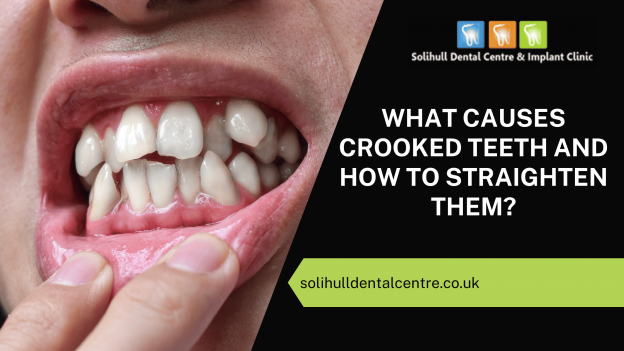
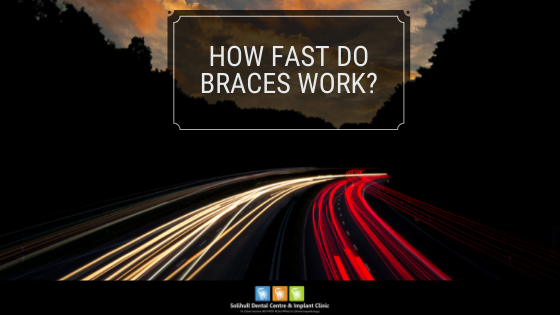
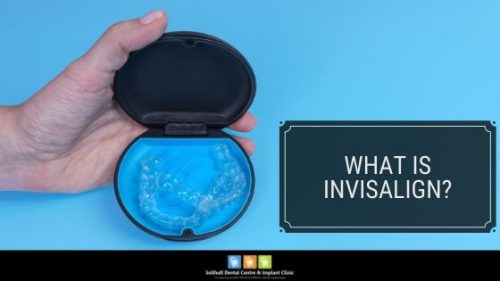
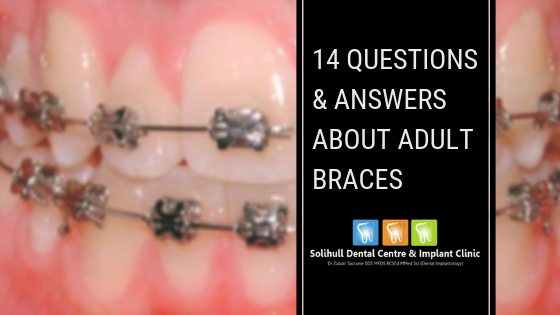 With so many people now considering wearing braces way beyond their childhood and teenage years we thought it would be appropriate to answer as many questions as we can about braces for adults, including fixed braces & invisible braces.
With so many people now considering wearing braces way beyond their childhood and teenage years we thought it would be appropriate to answer as many questions as we can about braces for adults, including fixed braces & invisible braces.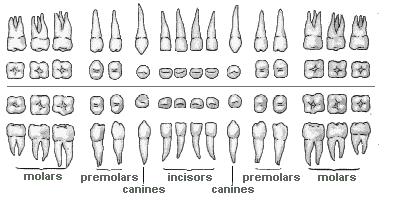



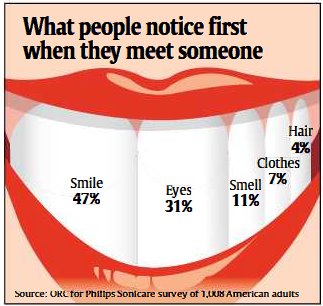 Research by both Sonicare and the American Academy of Cosmetic Dentistry has shown that people tend to notice a great smile first when they meet you. This goes a long way to explaining why a straighter smile improves self-esteem.
Research by both Sonicare and the American Academy of Cosmetic Dentistry has shown that people tend to notice a great smile first when they meet you. This goes a long way to explaining why a straighter smile improves self-esteem. It is absolutely vital that you keep your teeth clean. Each time you eat the bacteria in your mouth needs of of the
It is absolutely vital that you keep your teeth clean. Each time you eat the bacteria in your mouth needs of of the 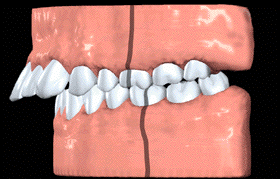 If your teeth protrude then they are more likely to receive a direct blow in the event of an accident.
If your teeth protrude then they are more likely to receive a direct blow in the event of an accident.